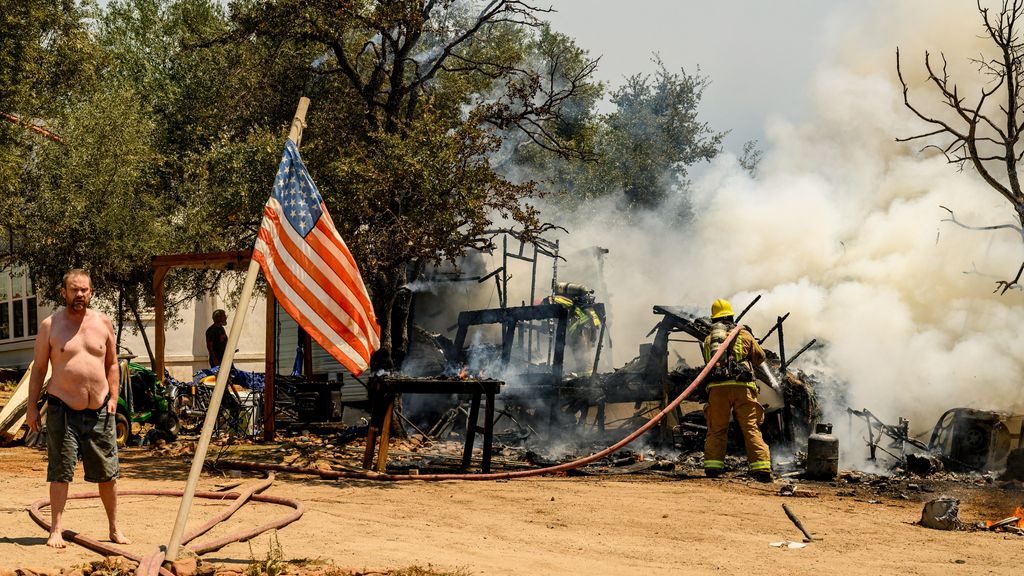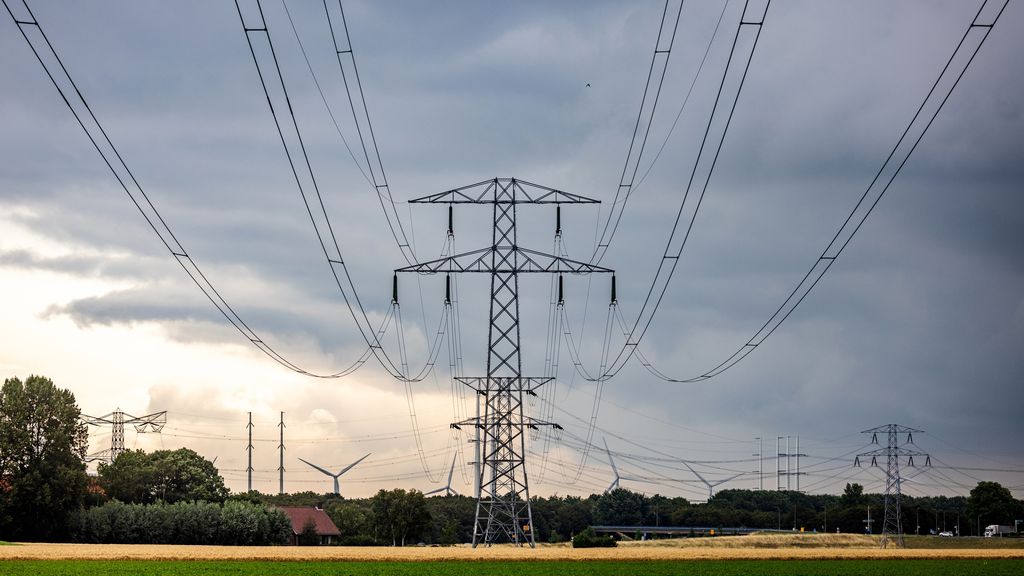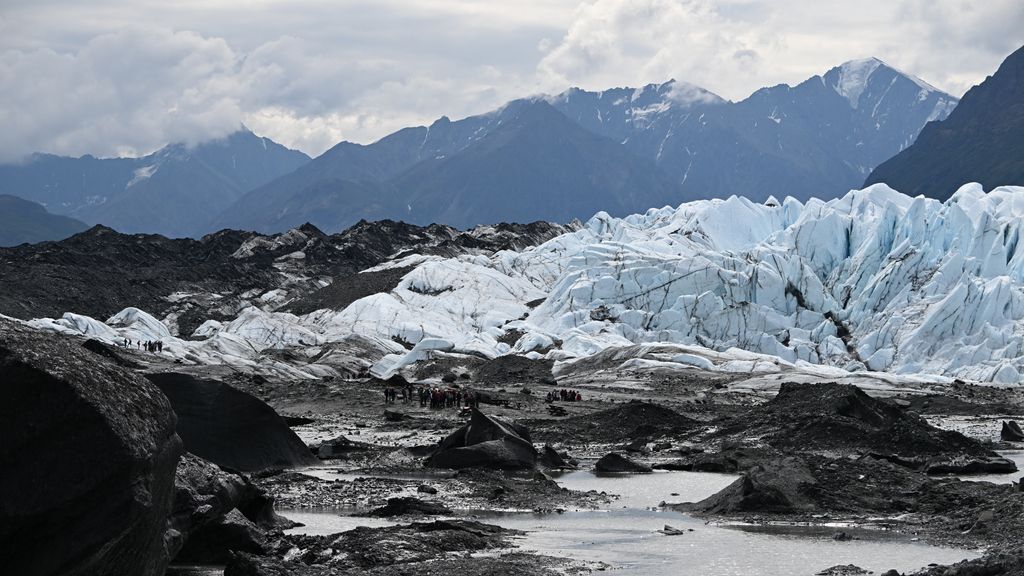News News•
The melting of Alaska’s glaciers is accelerating, according to international research published in the scientific journal Nature CommunicationsAccording to the researchers, the Juneau Ice Field, home to more than a thousand glaciers, is shrinking 4.6 times faster than it was in the 1980s.
According to lead researcher Bethan Davies of Newcastle University, the reason for this is that climate change is causing us to have shorter winters and longer summers. “There is a longer melt season,” he told the Associated Press.
Alaska is where most of the world’s ice is disappearing, according to the researchers. Four glaciers melted there between 1948 and 2005, and 64 between 2005 and 2019. Many of those glaciers were too small to be named, “but one big one, the Antler Glacier, has completely disappeared,” says co-author Mauri Pelto.
Melting ice also releases a huge amount of ice into the water, 50,000 litres per second.
The “snow line” is getting higher and higher.
You can tell how much snow is left in an area by the “snow line.” Below this line, snow can disappear in the summer, but above this line there is snow year-round. According to Pelto, this line continues to move upward. If this line eventually becomes higher than the ice field itself, a tipping point has been reached.
According to the researchers, we are not far from that tipping point for the Juno Ice Field. Because this ice field is completely flat, it is more susceptible to certain tipping points, Davis said.
If all the snow there melts, which Davis believes will happen within 40 years, it won’t add much to global sea levels, the researcher says. “But it’s a major tourist destination and a cultural hotspot.”










